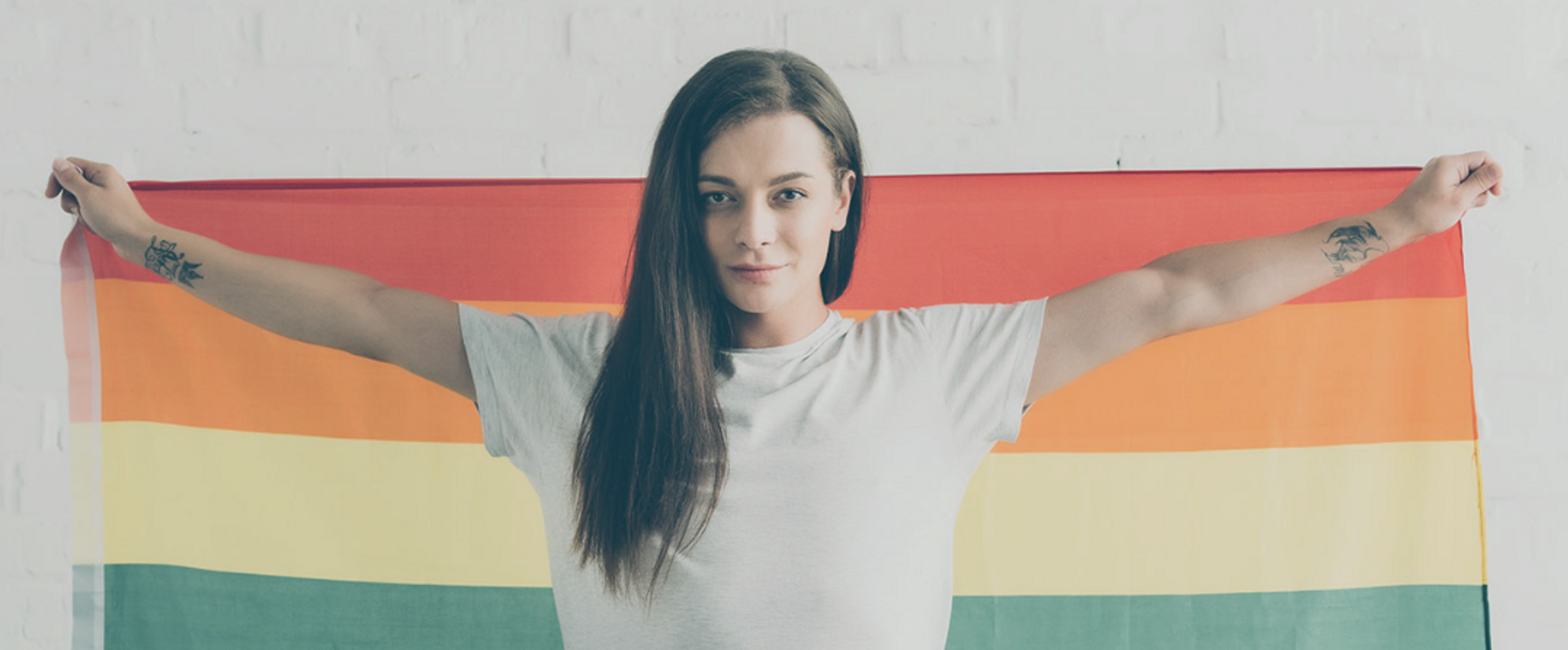Two things I’m passionate about are inclusivity and people feeling good about themselves. Many people praise aesthetic treatments for the part they play in making us feel good - whether that’s adding volume to make us look rejuvenated, minimising lines to make us look less tired, or improving skin texture - and I was interested to find out more about the impact they have on transgender patients. So, I spoke to aesthetic practitioner Piroska Cavell to find out more about her background working with the transgender community, the challenges they face, the non-surgical treatments available for transgender clients who may want them, and the psychological impact of these treatments as well as the physical.
Masculinising and Feminising: Aesthetic Treatments for Transgender Clients
Hi Piroska! Thanks for chatting to me today. Tell me about your background working with the trans community. Do you think that having worked so closely with them this has given you a better understanding of their journeys, needs and concerns, and do you think this makes them more likely to trust you when coming to you for aesthetic treatments?
The first thing to say is that I don’t see these people as a separate group – although technically there are differences in how you achieve the desired outcomes and there are a different set of challenges to achieving that outcome. For me, all patients arrive with a specific set of wants and needs that require careful consideration and guidance in terms of managing their expectations.
This point of view is how I began working in the transgender community. Whilst I was working as a makeup artist in the leading make over studio group at the time in London, I couldn’t understand why they were turning away transgender people. It just seemed so unfair to me. I also thought what we were doing could be such an amazing experience for these people. So, I decided to go and do some research as I knew nothing about the transgender community at that time. After a relatively short time I discovered my hunch was right and so I opened my photographic and make over studio specialising in transgender, transvestite and Drag make overs. The most important thing for me was to offer the exact same service that was available for women only in the studio I had been working in.
I think this experience does demonstrate to my clients a level of understanding and experience that gives them confidence that maybe other practitioners do not have. It is not technical because there are lots of amazing aesthetic practitioners out there.
It is more about understanding there are different challenges faced by these patients and their self- perception. Very often these patients have spent a large part of their life feeling trapped by their physical appearance and the process of transition can be complex. Aesthetic treatments can be something they try before or at the start of transition, just to experiment. Or it can be at the end as part of the completion. There may be occasions where they want treatments reversed - not because of an issue with the treatment itself but because they are experiencing uncertainty about going through transition. Before full transition there is a period of time where patients are required to live as the person they feel they are, and aesthetic treatments can help ease them through this process.
You often hear the terms ‘feminising’ and ‘masculinising’ in the aesthetics world. What do these terms mean? And why is this so important when treating transgender or transitioning patients?
The terms to soften and feminise or masculinise are used for treatments that do exactly that. This is all related to the proportions of the face and the difference between the male and female facial anatomy. For example, the difference between the placement of filler for male and female cheek enhancement, the strengthening of a jawline and chin to give more masculine proportions, or the angle and lift of eyebrows. For example, a higher, more arched eyebrow is considered more feminine. There is also the influence of hormones and potential surgery to consider, this can require adjustments to the aesthetic treatments.
What types of aesthetic treatments are out there that achieve the above?
A combination of dermal fillers and Botox can achieve great results, as can PDO thread lifts, certain laser treatments and treatments to remove hair and improve skin quality. A consultation is always a great way to chat through the treatment options available to you.
Aside from the physical changes a transgender person experiences after these types of treatments, what are the psychological benefits?
The psychological benefits to an individual can be literally life changing. The moment patients see the reflection they have been hoping for and may have thought they would never achieve is very emotional. It can give them self-confidence, finally, to celebrate who they are, and massively improve their psychosocial function. However, as I mentioned it is important to manage patients’ expectations in terms of realistic, achievable results, which is why an in depth consultation is essential.
What advice would you give to any trans people who are thinking about getting aesthetic treatments to help them become their true selves?
In terms of advising patients about what to consider before getting aesthetic treatments, I highly recommend that they speak to a practitioner in depth before undertaking any treatments. Ensure your practitioner listens to you and is honest about what can be achieved and how noticeable the results will be. It is undoubtedly useful if your practitioner has experience. I definitely recommend non-surgical aesthetic treatments before jumping into surgery, especially for rhinoplasty, face lifts, etc. Non-surgical rhinoplasty and liquid face lifts are brilliant alternatives and can act as an excellent trial run before any permanent options are undertaken.
This, for me, is definitely one of the more fulfilling areas of aesthetics.
Thank you, Piroska! Everyone deserves to feel like their true selves, so I can definitely see why this would be so rewarding for you.
If you're interested in getting any of the treatments discussed above, check out Glowday's search tool and find a safe and qualified practitioner in your area.

